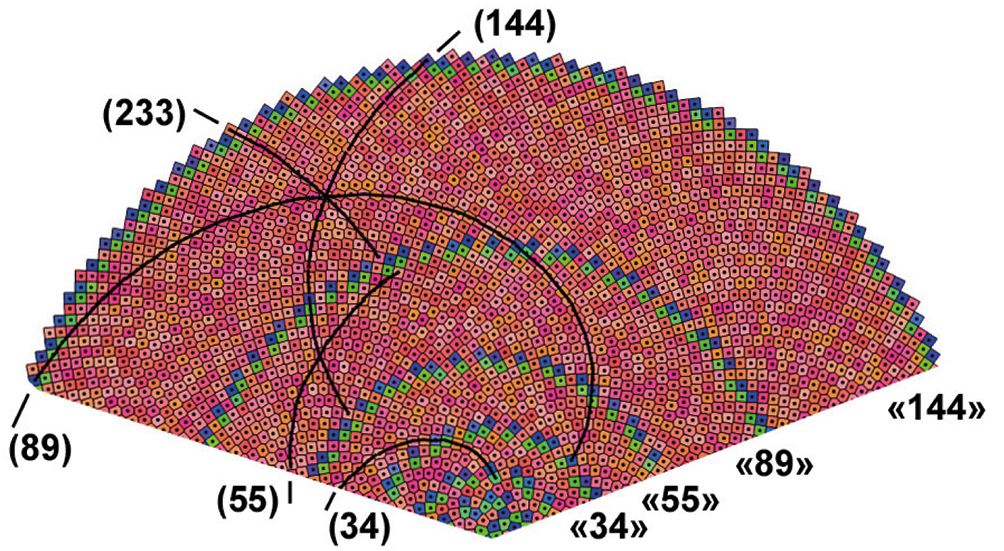EPJ E Highlight - Collagen fibres grow like a sunflower
- Details
- Published on 08 May 2019

A new study suggests the pattern of fibres in tissues is similar to the petals of a flower
Collagen fibrils are a major component of the connective tissues found throughout the animal kingdom. The cable-like assemblies of long biological molecules combine to form tissues as varied as skin, corneas, tendons or bones. The development of these complex tissues is the subject of a variety of research efforts, focusing on the steps involved and the respective contributions of genetics and physical chemistry to their development. Now, two researchers at the Universite Paris-sud in Orsay, France, have shed new light on how complex collagen fibrils form. In a new study published in EPJ E, the authors focus on one of the hierarchical steps, in which molecules spontaneously associate in long and dense axisymmetric fibres, known as type I collagen fibrils.
The connective tissues are hierarchical structures which undergo several phases of association, producing fibril organisations adapted to various functions within living organisms. In this study, the spontaneous association step under scrutiny is unique because the diameter of the fibre remains constant throughout its growth, while the end of growth manifests a characteristic parabolic profile. After studying several possible models, the researchers concluded the most likely explanation is that the fibres spread out from the fibre axis, along a stem, similar to how a sunflower’s florets grow.
The authors note that phyllotaxis, or the growth of leaves, ensures the best packing possible in contexts of circular symmetry, as is the case with dense collagen fibres. “However, owing to the complexity of the material, appropriate experimental studies, along directions suggested by the model itself, are needed in order to establish it firmly,” says Jean Charvolin, co-author of the study.
J. Charvolin, J-F. Sadoc (2019), Type I collagen fibrils: from growth morphology to local order, Eur. Phys. J. E 42:49. DOI 10.1140/epje/i2019-11812-1




